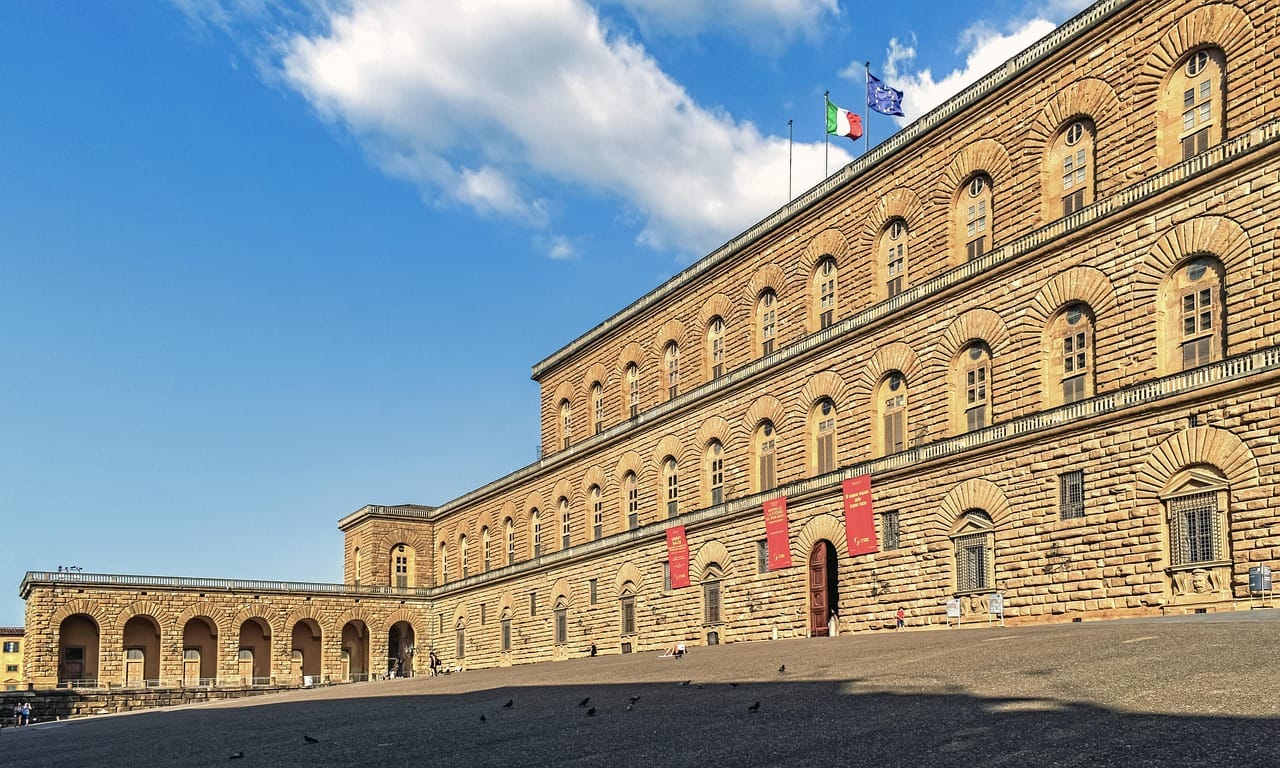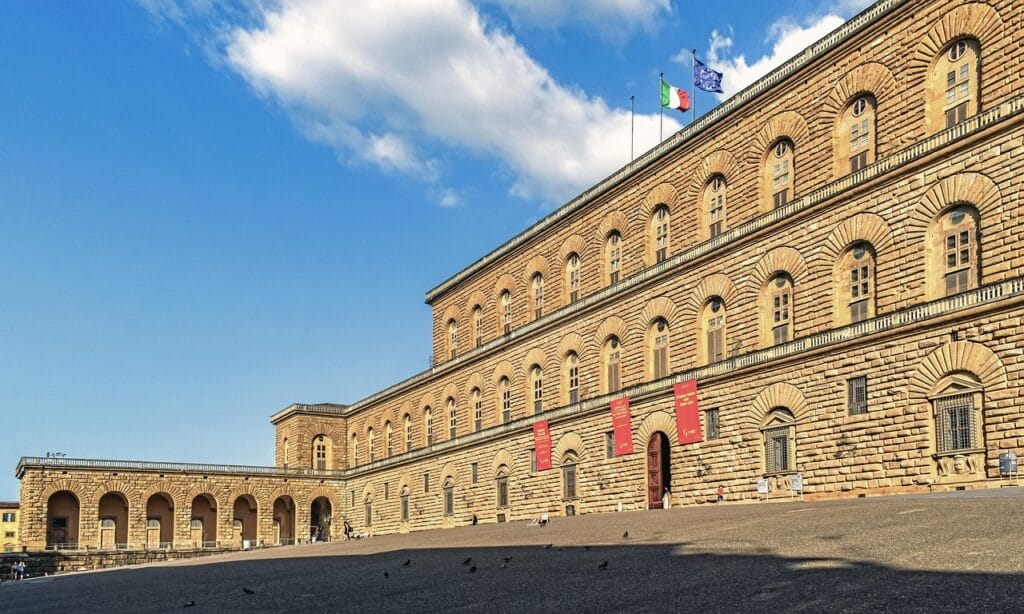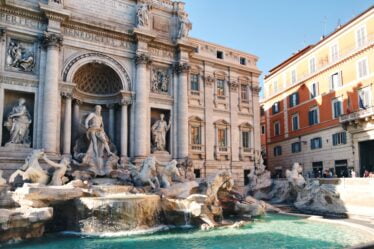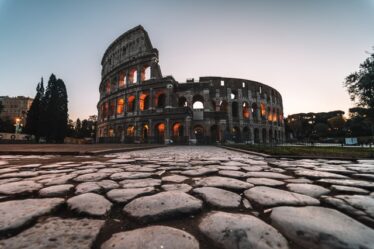

Viaggio nel cuore del Rinascimento? Let’s dive into an unforgettable event The Naval Battle in Pitti Palace that turned Florence into the stage of one of the most breathtaking spectacles Europe had ever seen.
The Naval Battle in the Courtyard: When Florence Made History with a Wedding
Let’s travel back in time to the year 1589, right into the vibrant heart of Renaissance Florence, where grandeur, politics, and theatricality blended into one spectacular event. This wasn’t just any wedding—it was a monumental celebration that left the city in awe and Europe talking.
The groom?The Naval Battle in Pitti Palace for Ferdinando I de’ Medici, a man of ambition and foresight. After setting aside the cardinal’s robes, he strategically chose to marry Cristina of Lorraine, a politically savvy woman whose lineage brought alliances and influence from the powerful House of Lorraine.
But this wasn’t a simple union—it was a statement, a bold manifestation of power. And that’s exactly why this extraordinary marriage earned its legendary reputation.
An Epic Celebration That Lasted Two Months
For two entire months, Florence was transformed into a city of wonder. But the undisputed highlight of the celebrations was the Naumachia—The Naval Battle in Pitti Palace, mock naval battle staged in none other than the courtyard of Palazzo Pitti.
Yes, you read that right: a naval battle… inside a Renaissance palace. And this is where the brilliance of Bernardo Buontalenti, architect and creative genius, came into play. He converted the courtyard of the Ammannati wing into a massive artificial basin, waterproofing the floor with bitumen and surrounding it with barriers to contain the water. Then, full-scale ships were brought in to perform a dramatic re-enactment of a sea battle.
The Naval Battle in the Courtyard: When Florence Made History with a Wedding
This was no mere performance with actors. Real sailors, both Christian and Muslim, were brought in to stage the epic confrontation. With names like “Salvo Napoletano” and “Niccolò de Famagusta”, the participants sounded like characters from an adventure novel. Their leaders were equally formidable: Vincenzo Buongirolami for the Medici’s fleet and Giuseppe Grafigna for the so-called “infidel” side.
As the battle commenced, cannon fire echoed, fireworks lit the sky, and the crowd roared in excitement. Ultimately, the Christian fleet emerged victorious, and the enemy banner was ceremoniously handed over to the Grand Duchess—a symbolic act that spoke volumes about Ferdinando I’s ambitions to dominate the Mediterranean.
A Theatrical Display of Political Power
This was more than entertainment—it was a strategic display of Florence’s military prowess and cultural supremacy. In the eyes of the European courts, the Medici dynasty had sent a clear message: Florence was not only beautiful and artistic, but also powerful and politically relevant.
And once again, the courtyard of Palazzo Pitti became the center of Florence’s cultural narrative, a majestic stage where art, politics, and ambition came together in spectacular harmony.
If you’re eager to walk the same grounds where history unfolded, don’t miss a guided experience through the wonders of the city. We highly recommend checking out Best Free Tour of Florence or joining a detailed historical walk with Florence Free Tours.
The Naval Battle in the Courtyard: When Florence Made History with a Wedding
This spectacular Naumachia was not just a celebration. It was a visual declaration of intent—Florence was ready to lead, to inspire, and to astonish the world.
🔥 Other Captivating Stories from Renaissance Florence:
1. Bernardo Buontalenti: The Visionary Behind Florence’s Grand Spectacles
Discover the mind of the genius who brought innovation to the Medici court.
2. Ferdinando I de’ Medici: From Cardinal to Grand Duke
How a calculated political move changed Florence’s future.
3. Palazzo Pitti: From Royal Residence to Cultural Icon
Explore the evolution of one of Florence’s most iconic buildings.
4. Florence and the Mediterranean: A Power Game in the Renaissance
Understand the political strategies behind the Medici’s maritime ambitions.
✨ Final Thoughts
From royal alliances to naval battles in palace courtyards, Florence in the 16th century was a city of dreams, politics, and spectacle. The Medici didn’t just rule—they performed, they stunned, and they built a legacy that still captures our imagination today.



